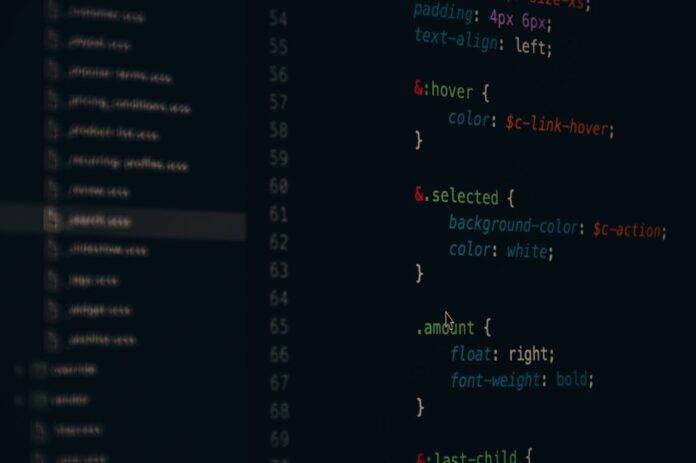Machine learning has drastically changed the direction of the financial industry. In 2019, Forbes published an article showing that machine learning can increase productivity of the financial services industry by $140 billion. However, the real value of machine learning appears to be with increasing performance of stock investing.
Investors are looking towards new machine learning capabilities to get more value out of their strategies by choosing better performing securities. The best stock analysis software relies heavily on new machine learning algorithms.
A lot of experts have talked about the benefits of using predictive analytics technology to forecast the future prices of various financial assets, especially stocks. However, many experts have overlooked a much more promising opportunity for investors trying to leverage machine learning technology. Investors taking advantage of predictive analytics could have more success choosing winning IPOs.
In theory, IPO investors have more opportunities to outperform the market then investors looking towards more established stocks. Although the principles of the efficient market hypothesis still apply, there are a lot more unknowns. While this obviously means that there is more risk, it also gives more informed investors a chance to beat market benchmarks.
This is likely to lead to a number of new and exciting investing and financial analytics apps in the near future. Here are some ways that predictive analytics can be useful for investors looking to get in on an IPO.
Forecast the likely impact of the sizzle factor when the IPO takes off
If you use conventional asset valuation models, you will get a rough idea of the price that the stock should be trading for. Unfortunately, these models only offer so much value in the real world.
The nature of financial markets is a lot more chaotic than your MBA class might suggest. Market prices are driven by investor demand, rather than obscure intrinsic value calculations. Although there is a reasonably decent correlation between the two, you can’t substitute a calculation derived from the free cash flow valuation model or a dividend discount valuation for the real trading price of a stock.
Stock prices are driven by a lot of other things, including the “sizzle” factor. This means that a stock that has a lot of hype around it will likely see its value increase by a much larger margin.
This is one of the unique opportunities with IPOs. It is also a great way to leverage predictive analytics for higher returns.
Investors can use machine learning to understand the fad appeal of a stock that has recently gone public. Predictive analytics algorithms can look at various trends surrounding the business. They can also see how IPOs in general performed in the months after they went public.
Making more accurate extrapolations from limited financial data
Predictive analytics algorithms often use data from income statements and other financial reports to determine the value of a security. As valuable as these algorithms can be for forecasting the value of regular stocks, they can be a hundred times more valuable for forecasting the value of an IPO.
One of the reasons is that companies launching an IPO are a lot younger. They also have smaller sales and income volume. This can make it more difficult to use standard stock valuation models that are intended for larger companies with a more established presence.
This is where more sophisticated predictive analytics models can be helpful. They are able to take a close look at financial data and see how it compares against the performance of other companies that have undergone initial public offerings.
Pairing certain IPOs against individual investment goals
Many people believe that the most important factor that they should focus on is getting the highest possible return on their investment. Of course, the ROI is a priority for every investor to some extent.
However, there are other variables that need to be taken into consideration when assessing the performance of a stock. Every individual investor has their own set of objectives. They have a certain risk tolerance, which might discourage them from wanting to invest in particularly volatile stocks.
Predictive analytics models help analyze all of the variables that go into an investor’s financial goals. This will help them choose the most suitable IPOs for their goals.




















